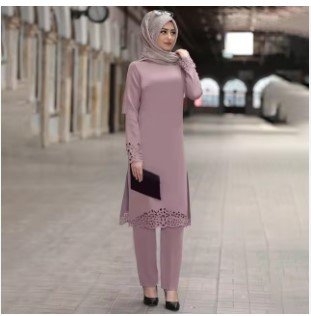Exploring the Elegance of Kameez Shalwar: A Timeless Classic
Introduction
In the world of traditional fashion, few garments embody the elegance and cultural heritage of South Asia as vividly as the kameez shalwar. This classic attire, cherished across Pakistan, India, and parts of Bangladesh, has stood the test of time, reflecting both historical significance and contemporary style. In this blog, we’ll dive into the origins, evolution, and enduring charm of the kameez shalwar, shedding light on why this outfit continues to be a favorite choice for many.
The Origins of Kameez Shalwar

The kameez shalwar’s roots can be traced back to the Mughal era, a time when rich cultural exchanges between the Indian subcontinent and Central Asia led to the development of this sophisticated attire. The term “kameez” is derived from the Arabic word “qameez,” which means shirt or tunic, while “shalwar” refers to the loose-fitting trousers or pants. Originally worn by men, the outfit gradually evolved to become a popular choice for women, adapting over centuries to suit various styles and preferences.
A Brief History
Historically, the kameez shalwar was favored for its comfort and practicality. During the Mughal period, the attire was often made from luxurious fabrics such as silk and brocade, adorned with intricate embroidery and embellishments. Over time, the design elements adapted to regional tastes and the availability of materials, making the kameez shalwar a versatile and enduring garment.
In the 20th century, the kameez shalwar saw a resurgence as national and cultural identities were being celebrated more prominently. The garment became a symbol of traditional values and elegance, embraced by both men and women across different walks of life.
Components of the Kameez Shalwar

The kameez shalwar consists of three main components:
- Kameez: The kameez is a long tunic that usually extends to the knees or lower. It can be tailored in various styles, from straight-cut to flared, with a range of necklines and sleeve options. The kameez is often decorated with embroidery, prints, or embellishments, reflecting the wearer’s personal style and the occasion.
- Shalwar: The shalwar are loose-fitting trousers with a tapered ankle. Traditionally, the shalwar are wide and billowy, providing comfort and ease of movement. Modern adaptations include more fitted styles and various lengths, but the classic silhouette remains popular for its traditional charm.
- Dupatta: Often worn with the kameez shalwar, the dupatta is a long scarf or shawl that drapes over the shoulders or head. It adds a touch of grace and can be styled in numerous ways. The dupatta is usually made from a matching or complementary fabric, sometimes embellished to enhance the overall look.
Modern Adaptations and Styles

While the kameez shalwar has a deep-rooted historical background, it has evolved to reflect contemporary fashion trends. Designers today experiment with fabrics, cuts, and colors, infusing traditional elements with modern aesthetics. Here are a few popular adaptations:
- Anarkali Suits: Featuring a high-waisted, flared kameez, the Anarkali suit offers a regal, vintage look. It’s often paired with churidar pants and a dupatta, making it a favorite for festive occasions and formal events.
- Straight-Cut Kameez: This modern take on the traditional kameez offers a sleek, streamlined silhouette that pairs well with narrow pants or leggings. It’s a versatile choice for everyday wear and semi-formal events.
- Palazzo Pants: Replacing the traditional shalwar, palazzo pants offer a chic, contemporary twist to the kameez shalwar. Their wide-leg design adds a touch of modern sophistication while maintaining comfort.
Cultural Significance

The kameez shalwar holds a special place in the hearts of many due to its cultural significance. It’s worn during major life events such as weddings, festivals, and religious ceremonies, symbolizing tradition and familial ties. The outfit’s ability to blend seamlessly with various regional and cultural practices underscores its versatility and timeless appeal.
Conclusion
The kameez shalwar is more than just an outfit; it’s a testament to the rich cultural heritage and evolving fashion landscape of South Asia. Its enduring popularity is a reflection of its elegance, comfort, and adaptability. Whether you’re attending a grand celebration or simply enjoying a day out, the kameez shalwar continues to be a cherished garment that bridges the past with the present, offering a touch of grace and tradition to every wearer.
